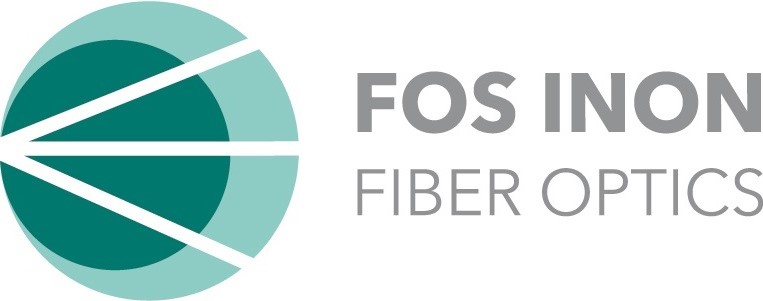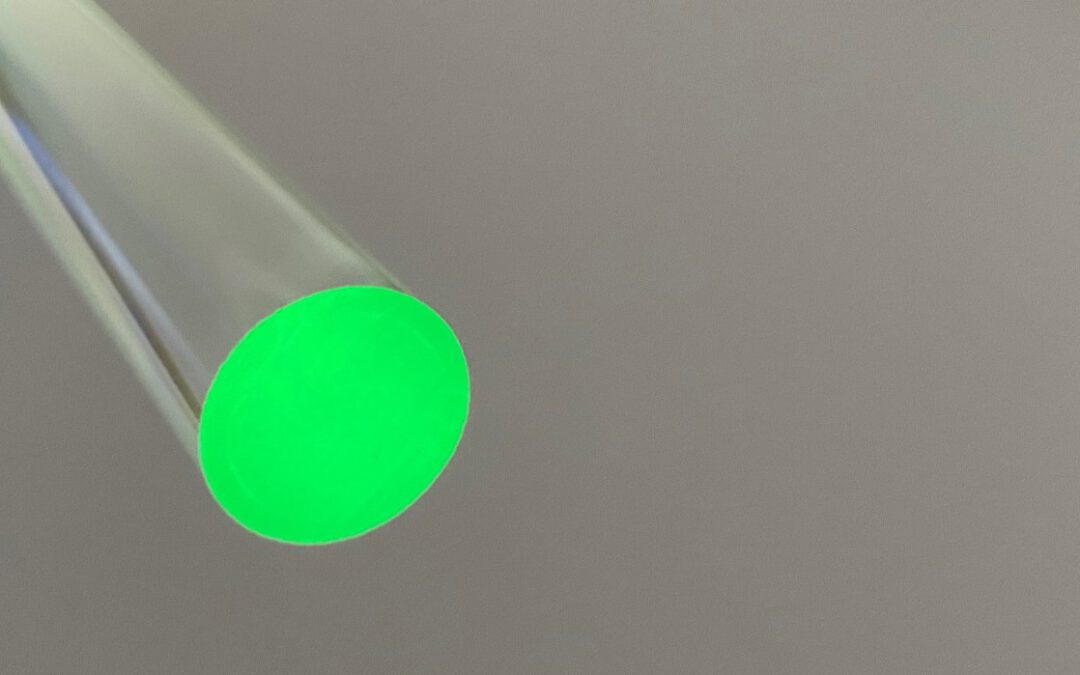„Designing Specialty Multimode Fibers from Silica Preforms:
Low Water Content for NIR and High Water Content for UV Light“
We are thrilled to announce the release of our informative article, which delves into the intricate world of specialty multimode fibers. The article provides a comprehensive guide to drawing these fibers from silica preforms, focusing on two vital applications – Near-Infrared (NIR) and Ultraviolet (UV) light transmission.
Discover the secrets behind crafting low-water content fibers optimized for NIR and high-water content fibers to suppress solarization in UV applications. The article also sheds light on fiber processing and assembly, ensuring tight tolerances for exceptional performance.
Drawing Low Water Content Multimode Fibers for NIR
Specialty multimode fibers are essential in various applications, from telecommunication to medical devices. In this chapter, we will explore the process of designing low-water content fibers optimized for Near-Infrared (NIR) light transmission.
Silica Preform Fabrication
The first step in producing specialty fibers is fabricating a silica preform. The preform is a solid rod with a carefully controlled refractive index profile that determines the optical characteristics of the fiber. The following parameters must be taken into consideration during preform fabrication:
- Core Diameter (d_core): The diameter of the central region where light propagates.
- Cladding Diameter (d_cladding): The outer layer surrounding the core has a lower refractive index.
- Refractive Index Profile (Δn): The difference in refractive index between the core and cladding.
To achieve low water content fibers for NIR, minimizing the hydroxyl (OH) content in the preform material is essential, as water absorption in the NIR range can significantly impact signal transmission.
Water Content Calculation
The water content in the silica preform can be determined using the following formula:
Water Content (wt. %) = (OH content / Silica content) × 100
OH content can be measured using infrared spectroscopy, and the silica content can be obtained by weighing the preform before and after burning off the organic components.
Hydroxyl Reduction Techniques
To achieve low water content, several hydroxyl reduction techniques can be employed during the preform fabrication process:
a) Modified Chemical Vapor Deposition (MCVD): This technique utilizes gas-phase reactants to deposit silica layers with controlled dopants, reducing OH content.
b) Vapor Phase Axial Deposition (VAD): In this method, silica soot is deposited on a rotating mandrel and consolidated into a preform. Properly controlled dopants can minimize OH incorporation.
Drawing High Water Content Multimode Fibers for UV Light
In contrast to NIR fibers, specialty multimode fibers designed for Ultraviolet (UV) light transmission require a high water content to suppress solarization effects. Solarization can cause a decrease in UV transmission over time, making high-water-content fibers crucial for long-term UV applications.
Silica Preform Composition
The silica preform must be doped with appropriate elements that can introduce hydroxyl groups during the preform fabrication process to achieve high water content fibers. Common dopants include germanium oxide (GeO2) and fluorine (F).
Water Content Enhancement
The water content in the preform can be enhanced by adjusting the dopant concentration and the fabrication conditions. However, it is essential to ensure that the preform remains mechanically stable despite the increased water content.
Fiber Processing and Assembly with Tight Tolerances
Once the specialty multimode fibers have been drawn from the silica preforms, they undergo processing and assembly to meet the required tight tolerances for specific applications.
Fiber Coating
A coating is applied to protect the fiber from environmental factors and mechanical stress. The coating thickness should be precisely controlled to maintain the overall fiber diameter and ensure uniformity.
Numerical Aperture (NA) Calculation
The numerical aperture is a critical parameter that determines the light-gathering ability of the fiber. It is calculated using the formula:
NA = √(n_core^2 – n_cladding^2)
where n_core is the refractive index of the core and n_cladding is the refractive index of the cladding.
Core Concentricity
In multimode fibers, maintaining core concentricity is crucial to ensure efficient light transmission. Core concentricity can be evaluated by measuring the distance between the core centroid and the fiber’s outer surface.
Mode Field Diameter (MFD) Measurement
MFD is the cross-sectional diameter of the light distribution in the fiber’s core. Accurate MFD measurement is essential for optimizing fiber coupling and compatibility with other optical components.
Designing specialty multimode fibers from silica preforms involves careful consideration of water content for specific applications. Low water content fibers are ideal for NIR transmission, while high water content fibers are essential for UV light applications. Precise calculations and tight tolerance processing ensure the fibers meet the required optical characteristics, making them indispensable in various technological advancements.

